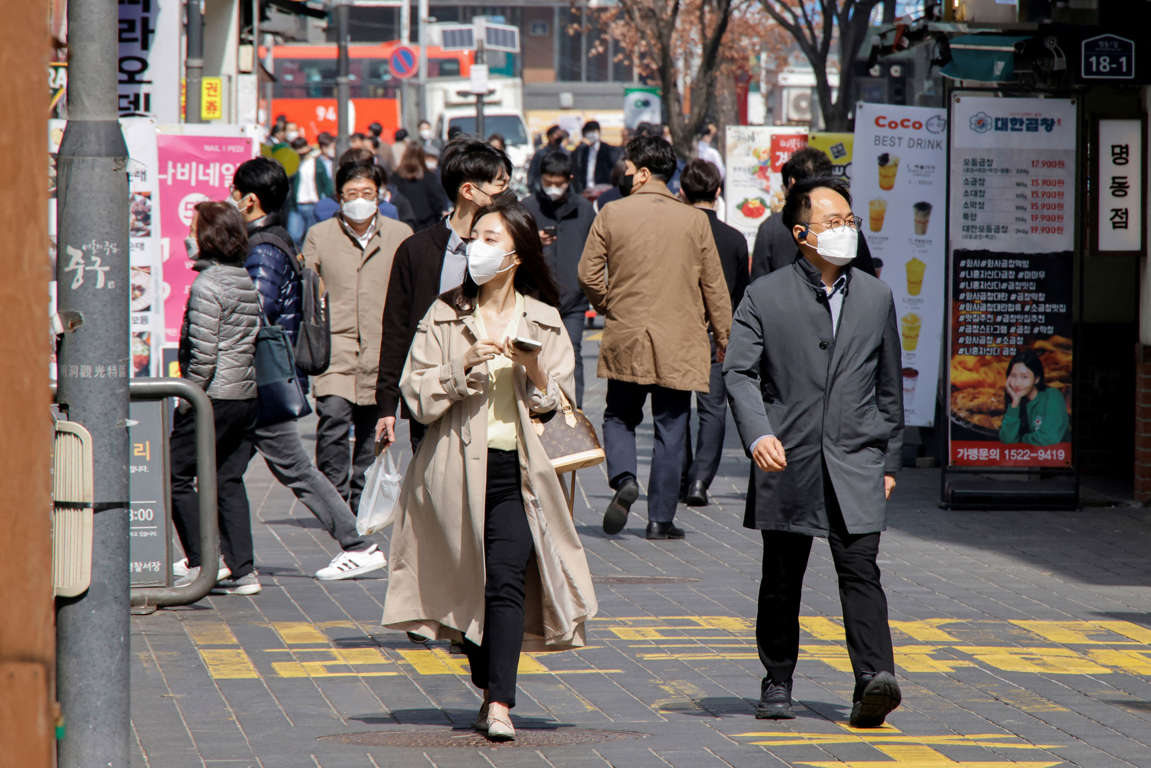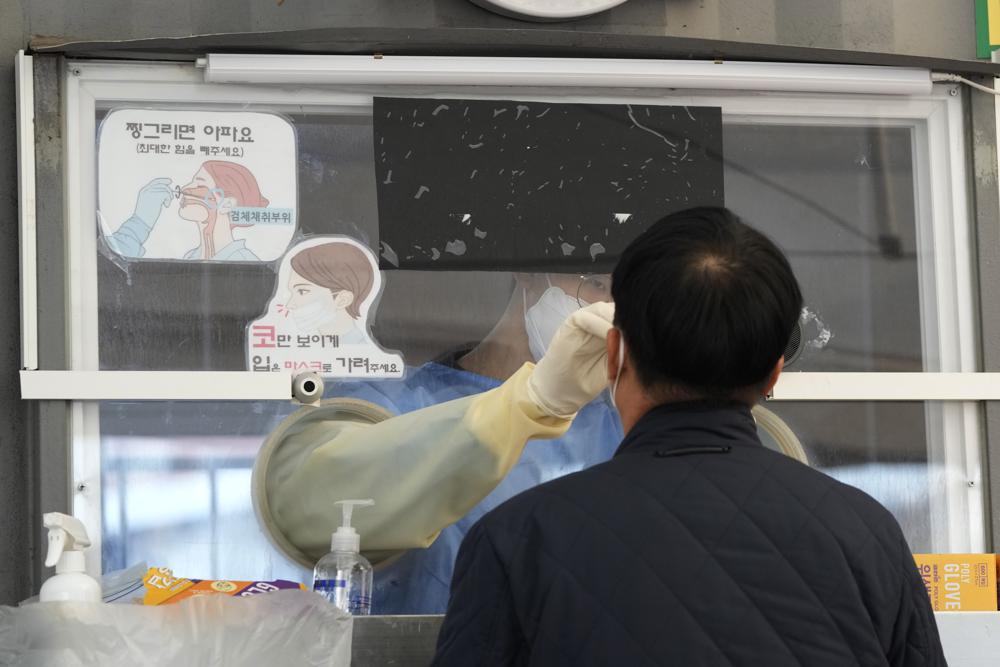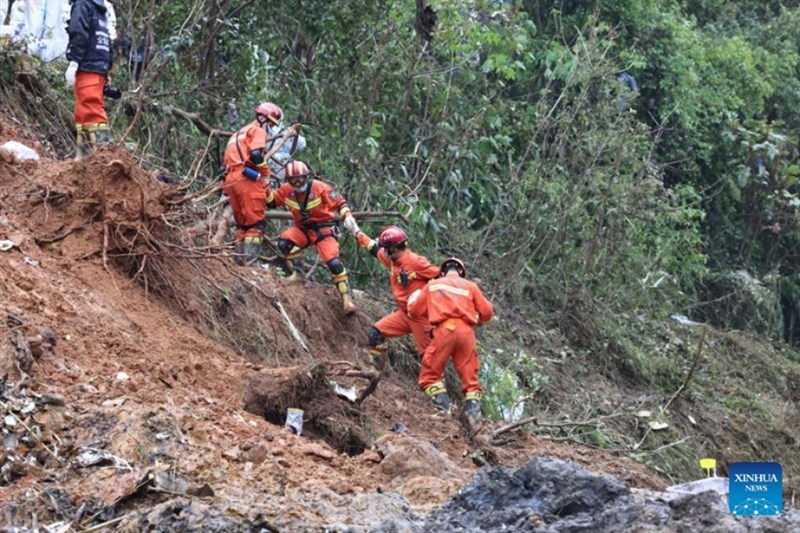Explosion of telemedicine service in Korea

Like Kim Jin-woo, many people with COVID-19 in Korea have decided to use telemedicine. With the number of COVID-19 cases skyrocketing, Korean hospitals can only care for SARS-CoV-2 virus-positive patients over the age of 60, while those with mild symptoms will be prescribed medicine at the hospital. House.
Reuters news agency (UK) said that in terms of technology, telehealth is illegal in South Korea and has only been officially approved as part of emergency measures against the COVID-19 epidemic since 2020. The growing use of telemedicine, combined with President-elect Yoon Suk-yeol’s public support of this form of treatment, shows that it can be sustained in the Korean healthcare system.
Kim Jin-woo shared, “It’s really convenient for the doctor to diagnose you over the phone and have the medicine delivered to your home through a single process. I hope this service can be expanded even after COVID-19 is over. Going to the hospital can be difficult, especially when you’re sick.” The nearest hospital for COVID-19 patients is also up to an hour’s walk from Mr. Kim Jin-woo’s house and only opens the service on Mondays and Tuesdays, which is always full of reservations.
Currently, 2 million South Koreans are being treated for COVID-19 at home. Meanwhile, on average, there are 2 doctors/1,000 people in Korea, but only 6/17 provinces have achieved this level. This fact shows that the health care system is quite “thin” in many parts of Korea.
Currently, telemedicine services such as Doctor Now, Ollacare, Soldoc and Dr.Call have contributed to connecting hospitals with patients from tens and hundreds of kilometers away. Doctor Now has seen a spike in new users, mostly in their 20s and 30s. COVID-19-related consultations account for more than half of the service’s use cases.
Since December 2020, Doctor Now has had 2.3 million users. In February of this year alone, Doctor Now had nearly 1 million new subscribers, a 40-fold increase from a year earlier.

However, there are not many telemedicine services in Korea, causing users to accept waiting. Kim Jin-woo said he had to wait up to 3 hours to be able to talk to the doctor. But Kim Jin-woo did not complain much because he thought that this waiting was better than no treatment support at all.
President-elect Yoon Suk-yeol has pledged to “ensure that all Korean citizens can access telemedicine.” According to data from the Korean Ministry of Health, in the past two years, telemedicine is still in its infancy and has brought in 58 billion won ($48 million).
Meanwhile, in North America, the telemedicine market in 2020 alone is worth 57.26 billion USD. Fortune Business Insights (India) predicts that by 2028, the global telemedicine market will reach $264 billion, up sharply from $127 billion in 2020.
For decades, the Korean Medical Association has opposed telemedicine because of concerns about incorrect diagnosis and prescribing. However, the medical community in this northeast Asian country has gradually supported telemedicine because of evidence that this service helps to reduce the medical service gap in urban and rural areas.
Seoul-based pediatrician Han Jae-hyuk said: “I thought it would be difficult and awkward at first, but it turned out to be more comfortable for both the doctor and the patient. Telemedicine is essential, especially for those who cannot go to the hospital or need to re-prescribe medication for a chronic illness.”
at Blogtuan.info – Source: baotintuc.vn – Read the original article here


